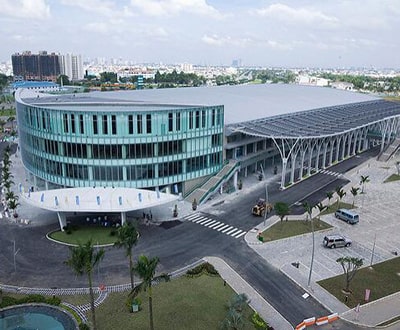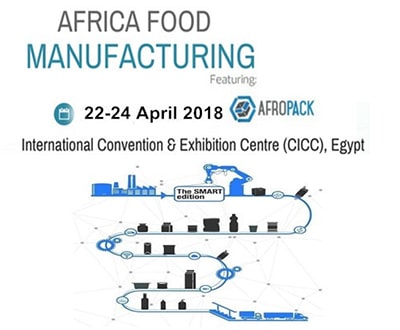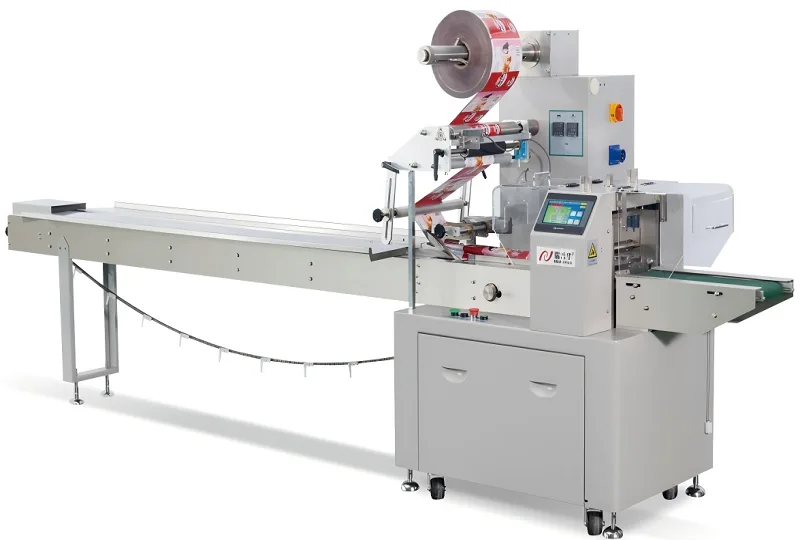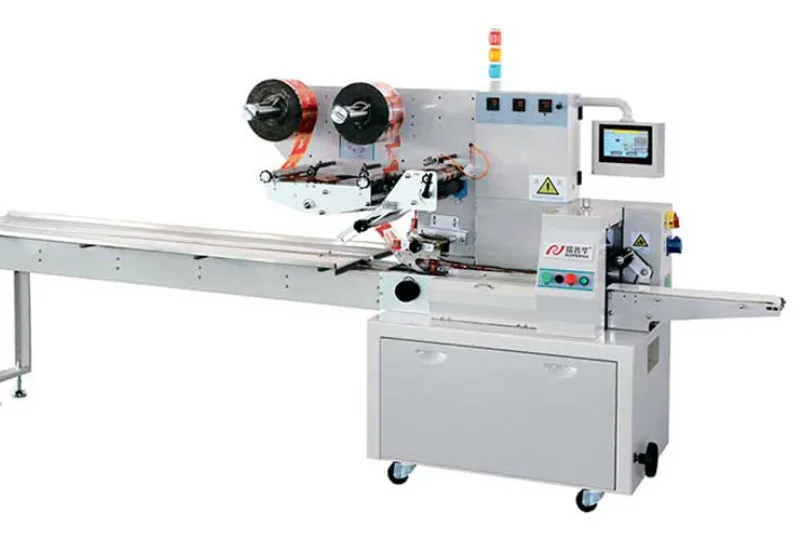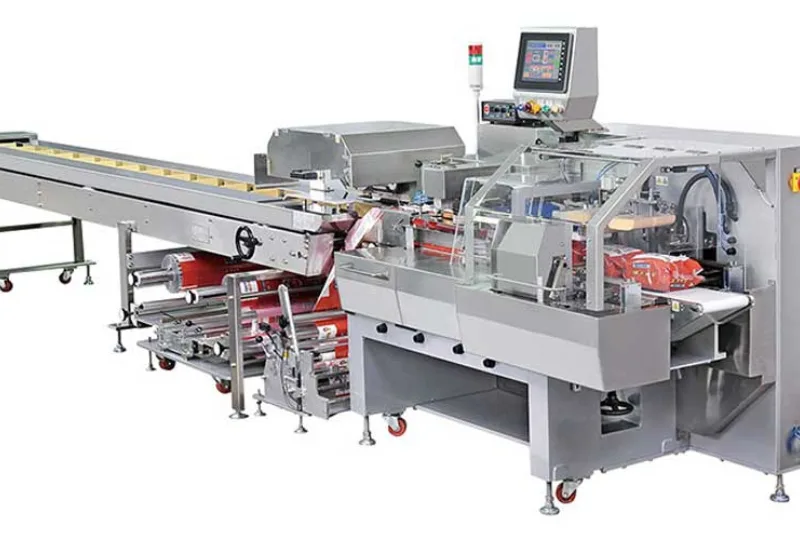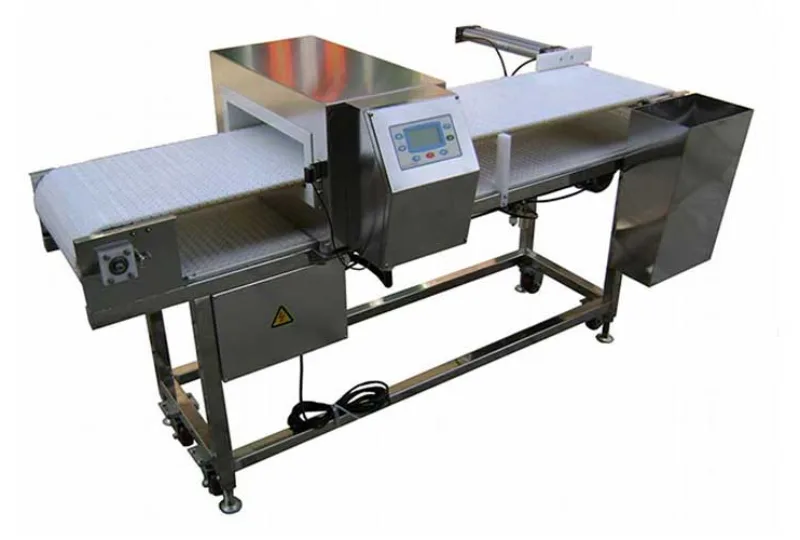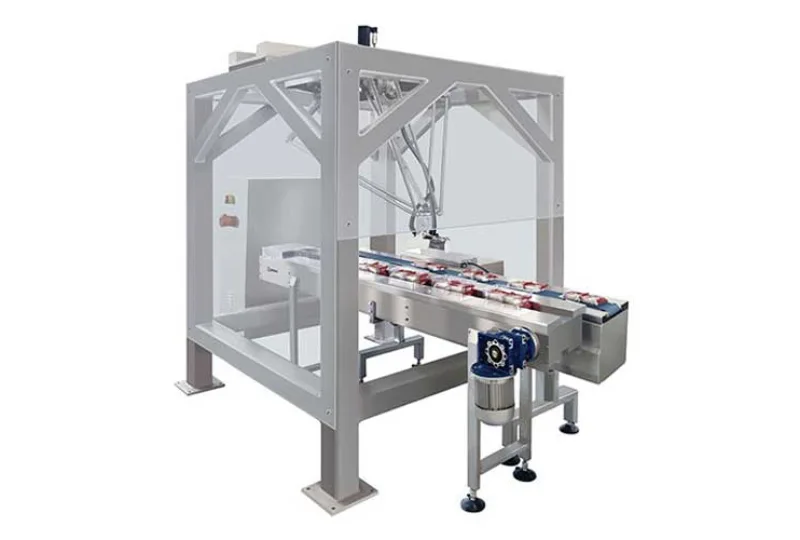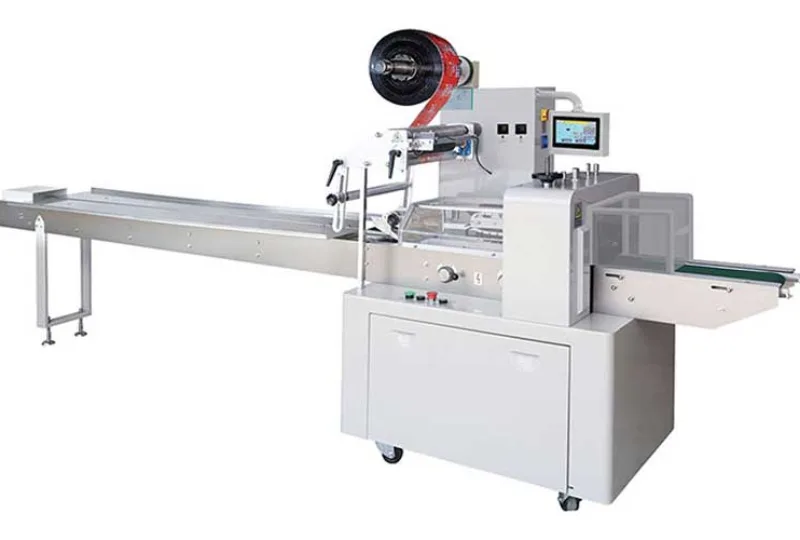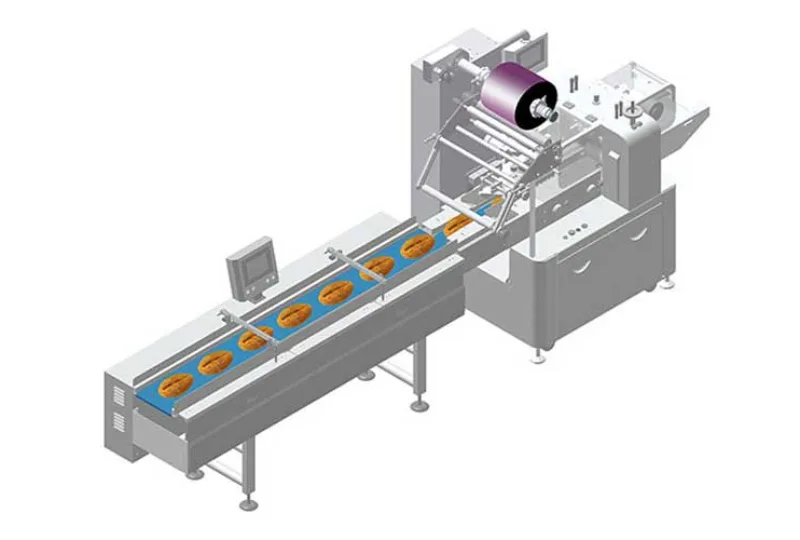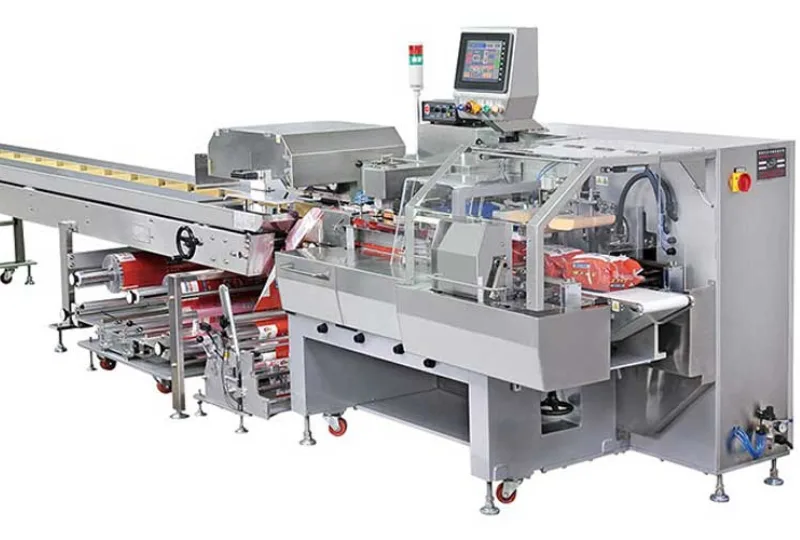The Environmental Impact of Protein Bar Packaging Machines and Sustainable Practices
Introduction
Protein bars are a popular convenience food often packaged in single-serving wrappers. The machines used to package these bars have a significant environmental impact due to the materials and energy they consume. However, sustainable practices can mitigate this impact and promote environmentally friendly packaging solutions.
Materials and Energy Consumption
Packaging machines for protein bars typically use plastic, cardboard, and aluminum. Plastic is a major contributor to pollution and is often not recycled, while cardboard and aluminum require energy-intensive processes to produce. Additionally, these machines consume significant amounts of electricity during manufacturing.
Waste Generation
The packaging process generates waste in the form of scraps, rejects, and packaging itself. Plastic packaging is particularly problematic as it can take hundreds of years to decompose and can accumulate in landfills or as litter. Cardboard and aluminum waste also contribute to the waste stream, increasing pressure on waste management systems.
Carbon Emissions
The production and disposal of packaging materials release greenhouse gases, primarily carbon dioxide. The energy consumed by the machines also contributes to carbon emissions. These emissions contribute to climate change and its associated impacts, such as rising sea levels, extreme weather events, and biodiversity loss.
Sustainable Practices
Reducing Material Usage
Manufacturers can reduce material usage by optimizing packaging designs to eliminate unnecessary layers or materials. Biodegradable or compostable materials can replace non-recyclable plastics, reducing waste and environmental impact.
Improving Energy Efficiency
Energy-efficient machines use less electricity during operation, reducing carbon emissions. Variable speed drives, automated controls, and energy-saving modes can enhance machine efficiency.
Recycling and Upcycling
Implementing robust recycling programs for packaging materials helps reduce waste and conserve resources. Upcycling initiatives can transform waste into new products, giving discarded materials a second life and reducing the need for virgin materials.
Consumer Awareness
Educating consumers about the environmental impact of protein bar packaging and promoting sustainable disposal practices can encourage responsible behavior. Clear labeling and recycling guidelines can facilitate proper waste management.
Conclusion
The environmental impact of protein bar packaging machines is a significant concern. However, sustainable practices can mitigate this impact by reducing material usage, improving energy efficiency, promoting recycling and upcycling, and raising consumer awareness. By embracing sustainable practices, manufacturers and consumers can contribute to a more environmentally friendly food packaging industry and reduce the overall environmental footprint of protein bar consumption.
-
01
Automatic Tray Loading and Packaging Equipment: Boost Efficiency to 160 Bags/Minute
21-11-2025 -
02
Automatic Soap Packaging Machine: Boost Productivity with 99% Qualification Rate
21-11-2025 -
03
A Deep Dive into Automatic Toast Processing and Packaging System
18-11-2025 -
04
The Future of Bakery Production: Automated Toast Processing and Packaging System
18-11-2025 -
05
Reliable Food Packaging Solutions with China Bread, Candy, and Biscuit Machines
11-10-2025 -
06
High-Performance Automated Food Packaging Equipment for Modern Production
11-10-2025 -
07
Reliable Pillow Packing Machines for Efficient Packaging Operations
11-10-2025 -
08
Advanced Fully Automatic Packaging Solutions for Efficient Production
11-10-2025 -
09
Efficient Automatic Food Packaging Solutions for Modern Production
11-10-2025 -
10
Advanced Automatic Packaging Equipment for Efficient Production
11-10-2025



